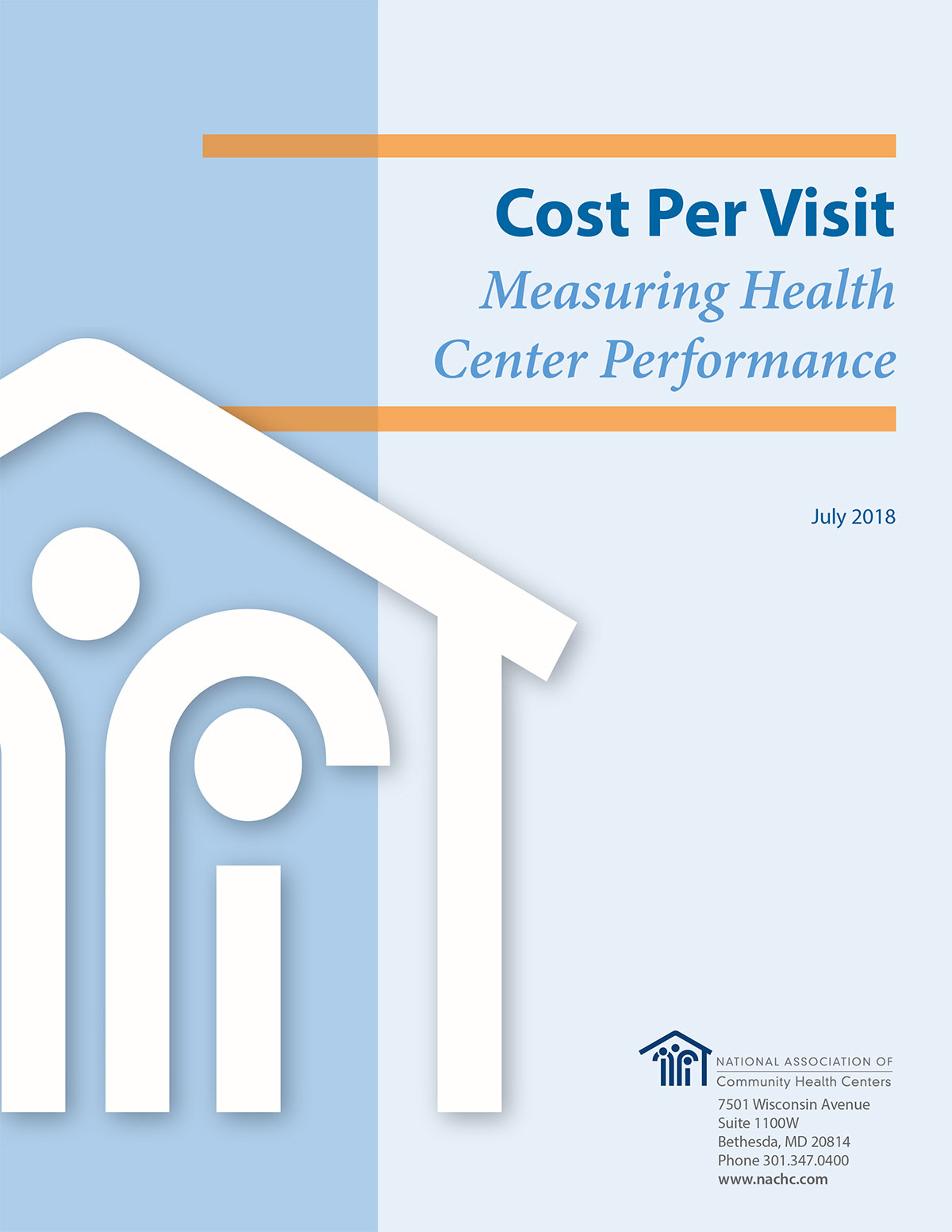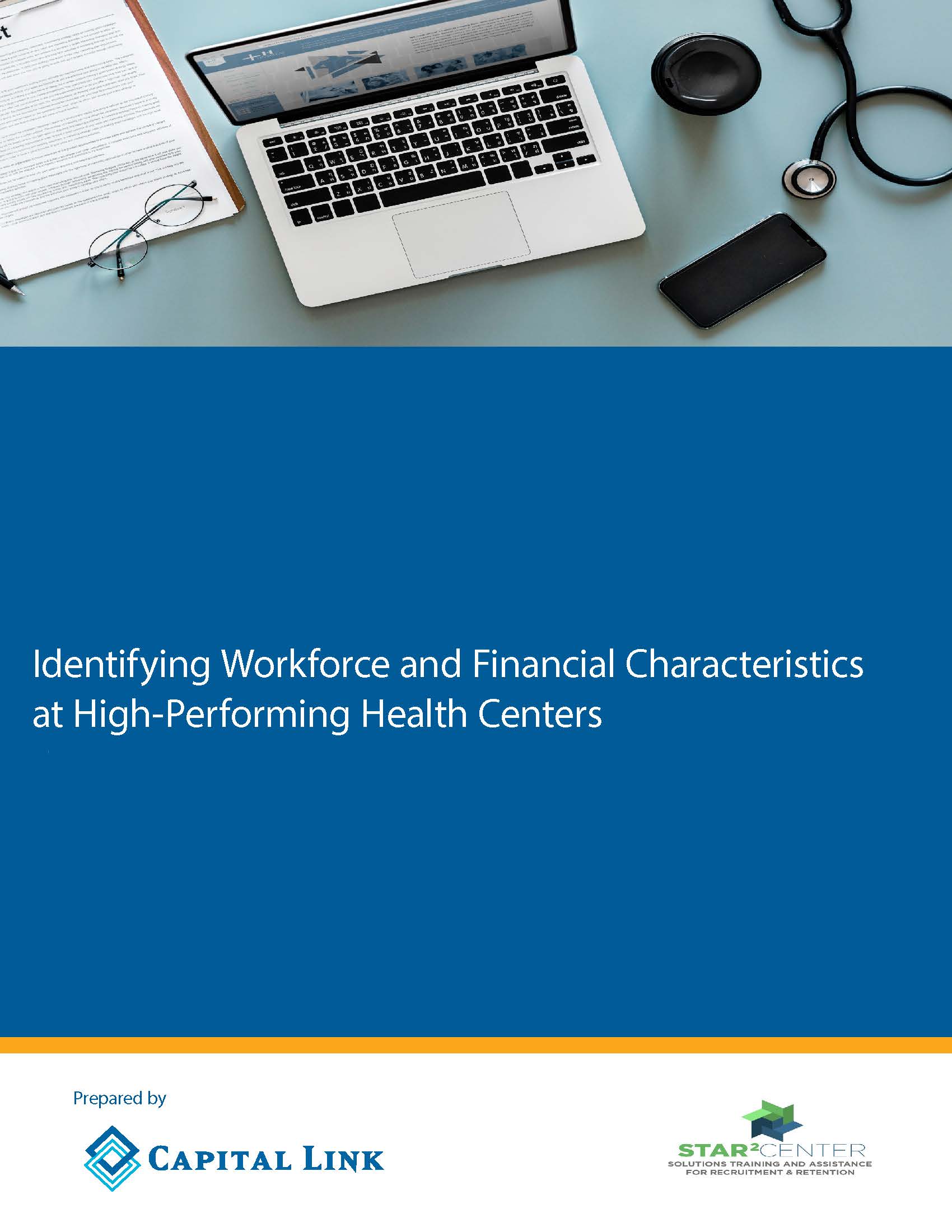Resources
New Health Center Cost of Care Resources
Capital Link recently developed two new resources to assist health centers in measuring their cost of care. These publications were supported by the Health Resources and Services Administration.
 |
Cost of Care Trends for Community Health Centers provides median health center cost trends for all services using national data from Uniform Data System (UDS) from 2012 to 2016, providing general comparative data for benchmarking. The report further breaks down the data by separately analyzing the direct staff and related costs, and the allocation of facility and non-clinical support costs (overhead) for each service. Download this report here. |
 |
Developed by Capital Link and the National Association of Community Health Centers (NACHC) as an update to NACHC’s original 2003 publication, Cost per Visit: Measuring Health Center Performance reviews in detail the process and methodology to help health centers calculate the component costs of care with a focus on cost per visit across all service lines — medical, dental, mental health (including substance abuse), and vision services. Access the resource here. |
Identifying the Workforce and Financial Characteristics of High-Performing Health Centers
 |
Developed by Capital Link and the Association of Clinicians for the Underserved, this report examines the financial and workforce characteristics for the nation’s highest performing Federally Qualified Health Centers. Prepared with support from the Health Resources and Services Administration. Download this report here. |
2017 UDS Health Center Data Now Available
Health Center Program national-level grantee data for 2017 is now available on the Uniform Data System (UDS) website. Data shows that nearly all health centers demonstrated improvement on one or more clinical quality measures. Other highlights include:
-
Close to 90% of health centers provided mental health services to over 2 million patients
-
Approximately 65,000 health center patients received medication-assisted treatment services—a 75% increase over 2016
-
67% of diabetic health center patients controlled their blood sugar level (HbA1c ˂ 9%), exceeding the national average of 57%
-
63% of hypertensive health center patients controlled their blood pressure, exceeding the national average of 57%
Visit the UDS website here.
Case Study on Integrating Housing and Health Care
The National Health Care for the Homeless Council recently released Housing Is Health Care: A Case Study of Housing Development at an HCH Program Policy Brief. The brief focuses on how the Colorado Coalition for the Homeless and Renaissance Housing Development Corporation have successfully integrated site-based housing development and property management with health care and integrated supportive services for the homeless population in Denver, CO. Access the policy brief here.
Interested in co-locating health and housing facilities? Explore joining the Health and Housing Capital Expansion Learning Collaborative, facilitated by Capital Link and CSH! We’re hosting an introductory webinar on October 24, 2018. See Learning Collaboratives for more information.
Recently Updated HRSA Health Center Program Resources

